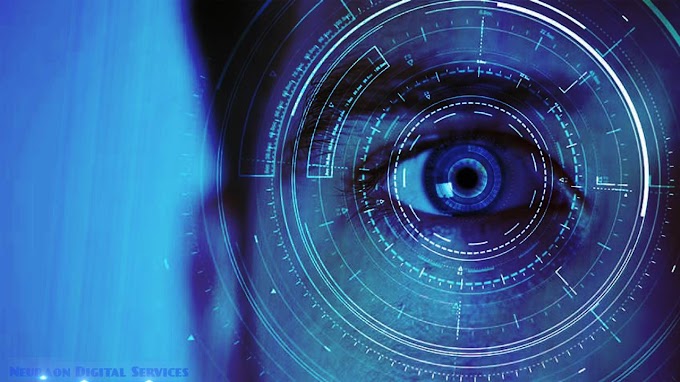in the beginning, there is no such technology, and we feel very difficult in working with E-commerce products but now a day there is no such issue because we invented Barcodes 😀.
Today we are discussing this topic (Barcodes) ok ladies and gentlemen get ready
Everything from cereal packets to library books has a barcode. They may seem simple and often go unnoticed in our daily lives, but these black and white zebra stripes are essential to the smooth running of many operations. So, while we see the humble barcode every day, do you ever stop to think how they actually work?
THE INVENTION OF THE BARCODE
There’s no doubt that the invention of barcodes has made life much easier. Before we had barcode technology, our processes and structures were somewhat simpler. However, while they were manual, they caused more errors, and data wasn’t as accurate as it is today.
The barcode was first created in 1948 by Norman Joseph Woodland and Bernard Silver to make reading product information considerably simpler during checkout procedures. The pair's first prototype, which used ultraviolet ink, didn't work out as they had intended. Even if the initial attempt wasn't totally successful, the creators kept going. They modified a version that used dots and dashes and was based on the Morse code syntax.
An incandescent light bulb would illuminate the barcode pattern, pass through the paper, and then shine light onto a very sensitive light detector in order to read it. The barcode's white portions would be visible and detectable because the black lines on the barcode absorb light.
HOW DO BARCODES WORK IN THE PRESENT DAY?
A scanner is used to read one-dimensional barcodes today. A laser is sent out by this scanner, and it picks up the pattern. A portion of the light that the laser of a specific frequency passes over the barcode absorbs, while the remainder reflects.
Dots and Lines
While a computer can trump the human brain in many ways, they can still only essentially read binary or base 10; 0’s and 1’s. This is one of the main reasons a barcode looks the way it does. Think of the black and white as 0’s and 1’s, or on and offs.
Considering what we know about the light reflection, the black parts don’t reflect very well; therefore, they are recorded as a 1. However, the light scanner recognises the white sections, so they are seen as 0’s.
WHAT DO THE NUMBERS ON A BARCODE MEAN?
Most barcodes display a twelve-digit number, usually printed underneath as a backup for possible complications. Here are what the numbers represent:
First Number: Product Type. The product type is typically denoted by 0,1,6,7 or 8.
Following 5 Numbers: The Manufacturer Code. The five numbers are a unique code that identifies the manufacturer or distributor of the product.
Following 5 Numbers on the Right: Product Code. This part of the code is unique to the individual product.
Final Number: Check Digit (a Self-Policing System). The final digit of a
barcode number is a computer check digit which makes sure the barcode is correctly composed.
The barcode scanning system detects the amount of light, which is then translated into a set of digits or data. Information can be retrieved from a computer database using this data.








%20for%20Hacking%20in.jpg)

